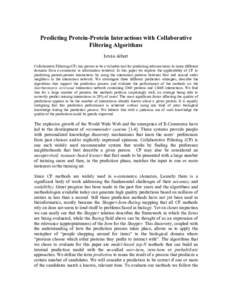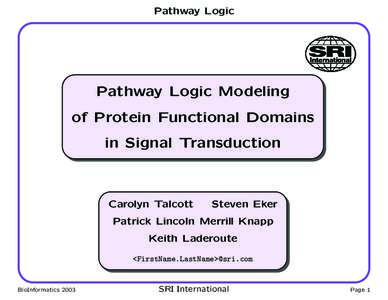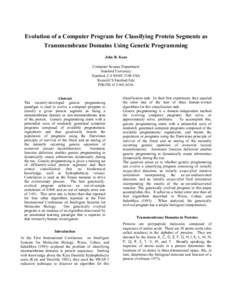<--- Back to Details
| First Page | Document Content | |
|---|---|---|
 Date: 2010-11-13 17:17:00Computational phylogenetics Chemistry Protein structure Protein methods Protein domains Sequence alignment Multiple sequence alignment Conserved sequence Structural alignment Bioinformatics Biology Science |
Add to Reading List |
 26 PREDICTION OF PROTEIN–PROTEIN INTERACTIONS FROM EVOLUTIONARY INFORMATION Alfonso Valencia and Florencio Pazos
26 PREDICTION OF PROTEIN–PROTEIN INTERACTIONS FROM EVOLUTIONARY INFORMATION Alfonso Valencia and Florencio Pazos

